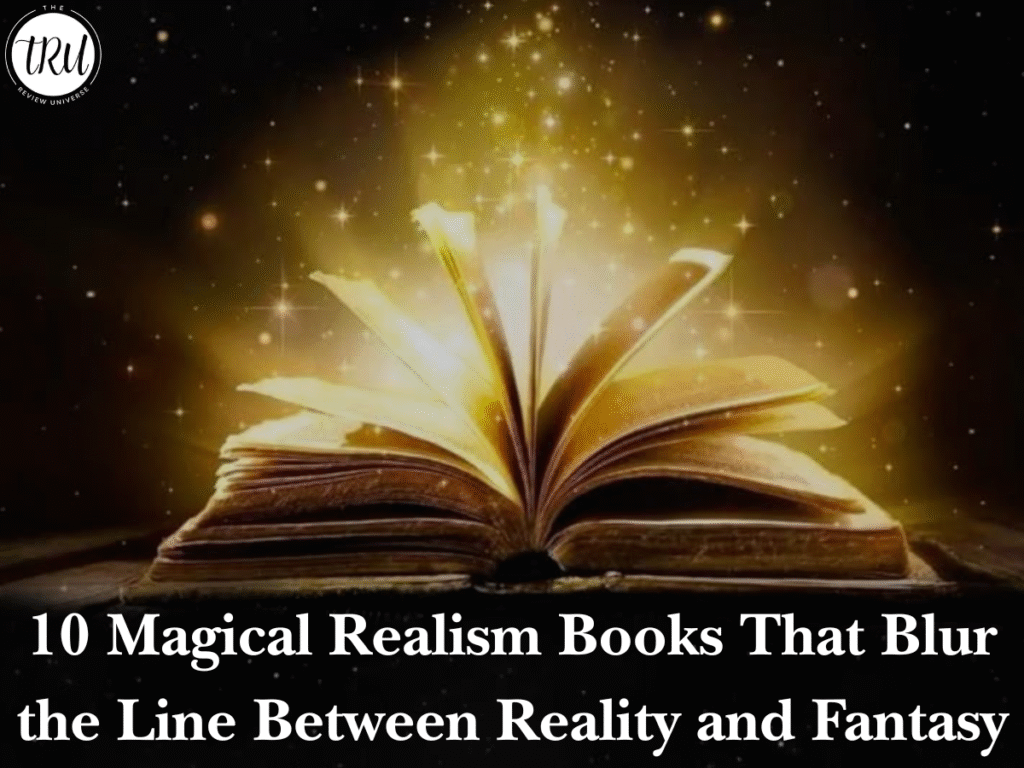
10 Magical realism books offer readers a captivating blend of the real and the surreal, weaving fantastical elements seamlessly into everyday life. This unique literary style blurs the line between reality and fantasy, presenting extraordinary events as if they were entirely ordinary.
Often set in richly detailed, culturally vibrant worlds, these stories invite readers to question the nature of truth, perception, and belief. From the ghost-haunted pages of Latin American classics to contemporary tales filled with subtle enchantment, magical realism challenges our understanding of what’s possible—making the familiar feel strange and the strange feel familiar.
Magical realism is a literary genre where magical elements are integrated into a realistic setting in such a natural and matter-of-fact way that they are accepted as part of everyday life. Unlike traditional fantasy, where the world is entirely invented or operates by different rules, magical realism is grounded in reality often reflecting specific cultural, political, or historical contexts while introducing fantastical elements that go unquestioned by the characters.
This creates a unique narrative tension, where the boundaries between the real and the surreal are intentionally blurred. In magical realism books, the extraordinary is often treated as mundane. A woman may ascend into the sky during a family dinner, or a town may be visited by ghosts who speak plainly to the living, yet no one reacts with disbelief. These stories often emerge from cultures with strong oral traditions, spiritual beliefs, or colonial histories—particularly in Latin America, but also in Africa, South Asia, and Indigenous communities worldwide—where myth and folklore are deeply woven into the fabric of daily life.
Here, we are going to look at 10 Magical Realism Books That Blur the Line between Reality and Fantasy.
Authors of this genre use magical realism to explore deeper themes such as identity, memory, colonialism, and trauma. The genre allows them to express emotional and psychological truths that might be difficult to convey through straightforward realism alone. By challenging readers to suspend disbelief in subtle and often poetic ways, magical realism invites a richer engagement with the seen and the unseen, the literal and the symbolic—offering a reading experience that is both grounded and transcendent. These novels incorporate the fantastical into everyday life in ways that feel natural, symbolic, and emotionally resonant:
- Things Fall Apart by Chinua Achebe
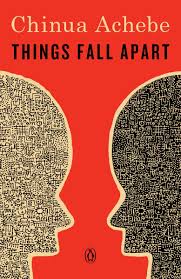
While not traditionally magical realist, the story includes spiritual visions and ancestral presences that blur cultural perceptions of the real. Achebe weaves elements of Igbo cosmology, spiritual beliefs, and oral tradition into the fabric of everyday life, presenting them not as fantasy, but as integral to how the characters experience and interpret the world. Ancestral Spirits and the Supernatural Are Treated as Real. In Igbo culture, the presence of ancestral spirits is a natural part of life.
In the novel, characters believe deeply in the influence of the gods, spirits, and ancestors. The novel is saturated with a sense of prophecy and destiny, especially in how characters like Okonkwo believe they are bound by fate—or cursed to repeat the failures of their fathers. These prophetic elements lend the narrative a mythic quality, where unseen forces are just as real as the physical world.
Dreams and omens play a significant role in guiding action, reflecting a worldview where the spiritual and material are intertwined. Achebe subtly contrasts Igbo metaphysical beliefs with the colonial mindset, which seeks to suppress or “rationalize” these cultural systems. The clash between the spiritual world of the Igbo and the European missionaries’ rejection of it exposes different definitions of reality. What is “magical” to outsiders is simply truth and tradition to the Igbo people.
- The God of Small Things by Arundhati Roy
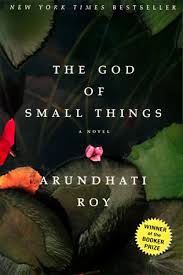
It blends lyrical prose with surreal and dreamlike sequences to tell a story of forbidden love, loss, and the lingering echoes of colonialism in India. The God of Small Things by Arundhati Roy is a prime example of magical realism, a literary genre that blends the everyday with the extraordinary, where fantastical elements are presented as part of the normal, everyday world. In this novel, she masterfully blurs the line between reality and fantasy, creating a world where the supernatural, the symbolic, and the real coexist without explanation.
Along with Supernatural Events in a Real-World Setting, the narrative is infused with elements of magic and the supernatural that are treated as normal parts of life. The novel jumps back and forth between timelines, blending past and present. This disjointed structure creates a sense of fluidity where time itself seems malleable. It’s almost as if the characters’ emotions and memories transcend the linearity of time, which is a typical trait of magical realism.
She uses a number of symbolic elements that evoke a sense of the surreal, i.e. using symbolism to represent magical realism. The characters’ perceptions of the world are often shaped by the mystical or surreal. The line between real and imagined is often unclear.
The blending of the magical and the real reflects the complex cultural and political reality of post-colonial India. The fantasy elements often serve to comment on societal issues like caste discrimination, colonial history, and the oppressive power structures in society.
Roy’s writing shows how these real-world issues often have a surreal, almost fateful quality, where history and personal lives intertwine in ways that feel inevitable but also fantastical. The novel often plays with identity in a way that challenges conventional distinctions between what’s “real” and “unreal.” Characters change, shift, and sometimes reappear in different guises.
Ultimately, Roy uses the magical realist framework not just to tell a story but to evoke a deeper sense of how the mystical and the mundane coexist, reflecting the complexities of human emotion, history, and societal forces. The fantastical elements aren’t explained, they are just accepted as part of the world, and that acceptance is part of what makes the novel so striking and profound.
- Midnight’s Children by Salman Rushdie
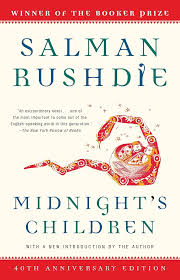
Children born at the exact moment of India’s independence are gifted with supernatural abilities—a metaphor for the hopes and chaos of a new nation. Midnight’s Children by Salman Rushdie is another landmark work in the genre of magical realism. It intricately blurs the line between reality and fantasy. The novel intertwines the personal history of the protagonist, Saleem Sinai, with the history of post-colonial India, creating a narrative where magic and reality coexist seamlessly.
One of the most striking aspects of Midnight’s Children is how the fantastical elements reflect the tumultuous history of India in the post-colonial era. The magic in the novel is rooted in the historical context—specifically, the birth of the nation at midnight on August 15, 1947, the moment of India’s independence. The most significant magical element in the novel is the children born in the first hour of India’s independence. These children, including Saleem, possess unique powers.
Saleem, for instance, can telepathically connect with the other Midnight’s Children, a power that mirrors India’s collective identity—connected, yet divided. The children’s magical abilities seem to symbolize the hopes, challenges, and complexities of a new nation. The novel’s magic is not separate from the political reality. The narrative of independence is not just a backdrop but a part of the characters’ experiences.
The fantastical powers of the Midnight’s Children are often linked to historical and political events, such as wars, corruption, and violence. The magical realism here deepens our understanding of India’s political turbulence by showing it through the eyes of the children who represent the country’s future.
One of the central themes of Midnight’s Children is identity—personal, cultural, and national. The magical elements, particularly the characters’ powers, function as metaphors for the fluid, often fragmented nature of identity. Rushdie often portrays the surreal and the ordinary side by side, blending elements of the magical with the mundane in such a way that they are indistinguishable.
Magical realism serves as a tool for deeper allegories and symbols. Deeply rooted in the cultural, religious, and spiritual fabric of India, it draws on the mythology, folklore, and historical traditions that have shaped the country.
- When the Moon Was Ours by Anna-Marie McLemore
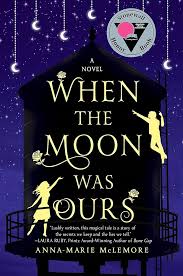
A beautifully queer story filled with roses growing from skin and magical moons, grounded in Latin folklore and identity. Written by Anna-Marie McLemore, the novel is a beautiful, atmospheric novel that blends the magical with the real in ways, inviting readers to explore the liminal spaces between reality and fantasy.
The book is rooted in magical realism, a genre that often presents magical or fantastical elements in a world that feels grounded and real. McLemore masterfully uses this blending to explore themes of identity, love, and belonging while keeping the magical elements intrinsic to the characters’ lives.
Magic is not an exotic or out-of-place occurrence; it’s woven into the fabric of the characters’ lives. From the beginning, readers are introduced to magical elements that exist in the world of the story without needing much explanation. One of the most powerful aspects of McLemore’s magical realism is the exploration of identity through magical means. The novel explores themes of gender, transformation, and belonging.
McLemore uses magic as a tool to explore real-world social issues, particularly themes of acceptance, marginalization, and the search for identity. The characters in the novel are in many ways struggling to navigate their place in the world whether that’s through gender identity, cultural heritage or the dangers of exclusion and prejudice.
The entire world of When the Moon Was Ours has a dreamlike quality, where moments of wonder and surreal beauty exist side by side with the more grounded, human struggles of the characters. There are times when the world seems to shift around the characters, and they’re caught in a haze of magical occurrences that feel both real and unreal.
- Life of Pi by Yann Martel
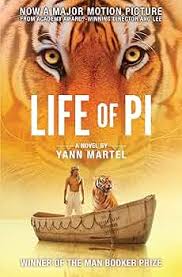
This story of survival at sea, where a young man named Pi shares a lifeboat with a Bengal tiger, blends adventure with philosophical and spiritual questions, blurring the line between reality and fantasy. Life of Pi by Yann Martel is another quintessential example of magical realism, where the line between reality and fantasy is intentionally blurred in such a way that it challenges readers to question the nature of truth, belief, and survival. The novel’s blend of the fantastical with the ordinary is not just a storytelling technique but a deeper exploration of how we understand and interpret the world around us.
Pi tells two versions of his survival story to officials investigating the shipwreck: one where he shares the lifeboat with the tiger, and another where the tiger is replaced by human survivors. In the second version, Pi shares the lifeboat with a cook, a sailor, and his mother, and the story becomes darker and more brutal, culminating in murder and cannibalism.
At the end of the novel, the officials are unable to determine which version is true. Pi leaves it up to the reader to decide which story they believe, with the implicit suggestion that the version with the tiger is the more “spiritual” or meaningful one. Martel makes it clear that the truth of Pi’s experience is subjective, and whether the tiger is real or a figment of Pi’s imagination doesn’t matter as much as the story itself and its meaning. Pi’s journey across the ocean is often presented in a dreamlike, surreal way.
His time on the lifeboat stretches the concept of time, with days blending into one another and the boundaries between waking life and the subconscious becoming unclear. The novel constantly asks questions about what constitutes “reality” and whether a fantastical version of events can be as valid or “true” as a factual account. In this sense, the line between reality and fantasy is not just blurred in the plot, but also in the very process of storytelling.
- The House of the Spirits by Isabel Allende
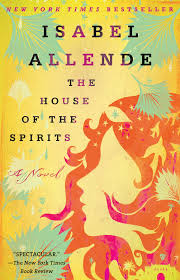
This multi generational saga combines historical fiction with magical realism, exploring themes of love, loss, and political upheaval in Chile. The House of the Spirits by Isabel Allende is a quintessential example of magical realism, blending the everyday with the supernatural in such a way that the line between reality and fantasy becomes not only blurred but almost irrelevant. Allende uses this blending to explore the personal and political history of Chile, intertwining themes of love, power, violence, and family legacy, while subtly incorporating fantastical elements that serve as metaphors for these experiences.
The House of the Spirits masterfully blurs the line between reality and fantasy by weaving the magical and the supernatural into the fabric of everyday life. The novel presents a world where the mystical is as real as the material, and where family legacies, political struggles, and spiritual forces are all intertwined. By treating the supernatural as a natural part of the world and using it to reflect emotional and political realities, Allende invites readers to see magic not as an escape from reality but as a tool for understanding the deeper truths of human existence.
In the end, the fantastical elements in The House of the Spirits serve not just as narrative devices, but as symbols of the complexities of identity, power, and history. The supernatural is not something “other” or separate from the real world; it is a part of the emotional, psychological, and historical truth of the characters’ lives. The line between reality and fantasy is blurred, suggesting that perhaps there is no true distinction between the two when it comes to understanding the human experience.
- One Hundred Years of Solitude by Gabriel García Márquez
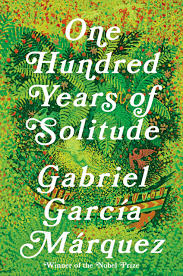
This foundational work of magical realism follows the multi-generational saga of the Buendía family in the fictional town of Macondo, where fantastical events are commonplace.
One Hundred Years of Solitude by Gabriel García Márquez is one of the most iconic works of magical realism, and it masterfully blurs the line between reality and fantasy. In the novel, the fantastical elements are not presented as exceptional or out of place but are woven into the fabric of everyday life, making the supernatural and the real coexist seamlessly. Through this blending, García Márquez explores themes of history, family, memory, and solitude, while also commenting on the nature of reality itself.
The fantastical is treated with such ease and normality that it becomes indistinguishable from the “real” world of Macondo. This fusion of the real and the magical allows García Márquez to explore profound themes of fate, history, identity, and memory, while also commenting on the cyclic nature of time and the historical narratives.
- Nights at the Circus by Angela Carter
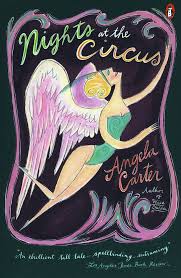
Following a winged woman through a carnival of magic, myth, and feminism, this genre-bending novel questions the line between performance and reality. Night at the Circus by Angela Carter is an incredibly rich and imaginative novel that blends reality with fantasy in a way that leaves the reader questioning the boundaries between the two. Set in a fantastical version of the late 19th century, the novel follows the adventures of Fevvers, a circus performer with wings, and several other characters, including the reporter Jack Walser, who is trying to uncover the truth behind her mysterious and seemingly magical abilities.
In this novel, Carter uses magical realism not only to blur the line between reality and fantasy but also to critique societal norms and examine gender, power, and identity. The supernatural is not simply presented as fantasy; it’s woven into the very fabric of the world and the characters’ lived experiences, creating a narrative where the magic feels as real and complex as the social structures and personal struggles that the characters face.
Angela Carter creates a world where the boundaries between fantasy and reality are never fixed or easily definable. Magic is woven seamlessly into the characters’ lives, and the absurd, surreal, and supernatural elements are presented with such ease that they are accepted as part of the ordinary.
- The Library of the Unwritten by A.J. Hackwith
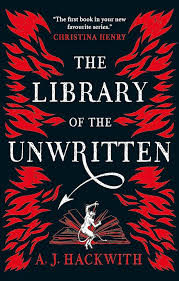
The Library of the Unwritten by A.J. Hackwith is a fascinating work of magical realism that blurs the line between reality and fantasy by imagining a world where the unwritten stories, ideas, and unfulfilled desires of authors come to life in a mysterious library. In this novel, stories, characters, and even worlds are not just abstract concepts—they are tangible entities that exist in a parallel realm, waiting to be written or lived out. Through its creative world-building, it explores the nature of storytelling, the power of creation, and the thin boundary between what is real and what is imagined. The Library of the Unwritten itself is an entirely fantastical place that exists outside of ordinary time and space.
It is located in Hell, a space between worlds where the books that are never written, or that have been abandoned by their authors, reside. This liminal space between the tangible world and the fantastical realm is an embodiment of the line between reality and fantasy in the book. The library is not just a physical structure; it’s a metaphysical space where the imagination itself takes on physical form, allowing the line between the mental (fantasy) and the physical (reality) to become almost invisible.
A.J. Hackwith creates a world where the boundaries between the real and the fantastical are fluid and ever-shifting. The novel uses the idea of a library that houses the unwritten stories and ideas of authors to explore the power of creation and the fluidity of reality, showing how stories and imagination are not confined to the mind but can shape and transform the physical world.
The characters, the spaces they inhabit, and the stories they encounter challenge our conventional ideas of what is real, suggesting that reality itself is an interplay between the physical and the imagined, and that stories and ideas have the power to shape the world in tangible, often unpredictable ways. The book leaves readers questioning where reality ends and fantasy begins, making them reflect on the limitless potential of imagination and the importance of stories in shaping our understanding of the world.
- The Book of Lost Things by John Connolly

A grieving boy slips into a fantastical world shaped by fairy tales, where reality and imagination collide in haunting and moving ways. The Book of Lost Things by John Connolly is a deeply imaginative magical realism novel that skillfully blurs the line between reality and fantasy, weaving a tale in which the boundaries between the two realms are not only fluid but essential to the story’s exploration of grief, coming-of-age, and the power of storytelling.
The novel follows David, a young boy who, while dealing with the loss of his mother and his father’s remarriage, is drawn into a fantastical world where the things he has lost—his innocence, his old life, his memories of his mother—manifest as physical entities in a dreamlike landscape. John Connolly creates a world where grief, loss, and transformation blur the lines between reality and fantasy. The novel’s magical elements—like the fantasy world David enters, the talking books, and the mythic creatures—are not just escapism, but extensions of David’s inner emotional world.
The characters and places in the fantasy realm are not mere products of imagination; they have a tangible, real presence that reflects the complexities of loss, memory, and personal growth. The novel suggests that reality itself is shaped by the stories we live and tell, making the boundary between the real and the imagined fluid, subjective, and ultimately inseparable.
Read More Articles: https://thereviewuniverse.com/blog/


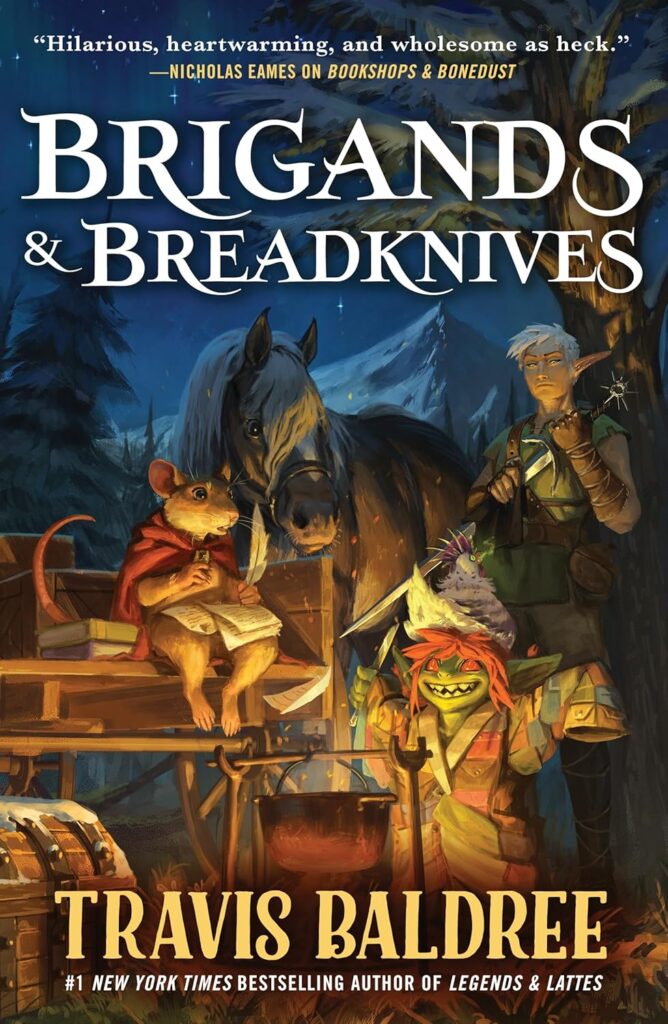
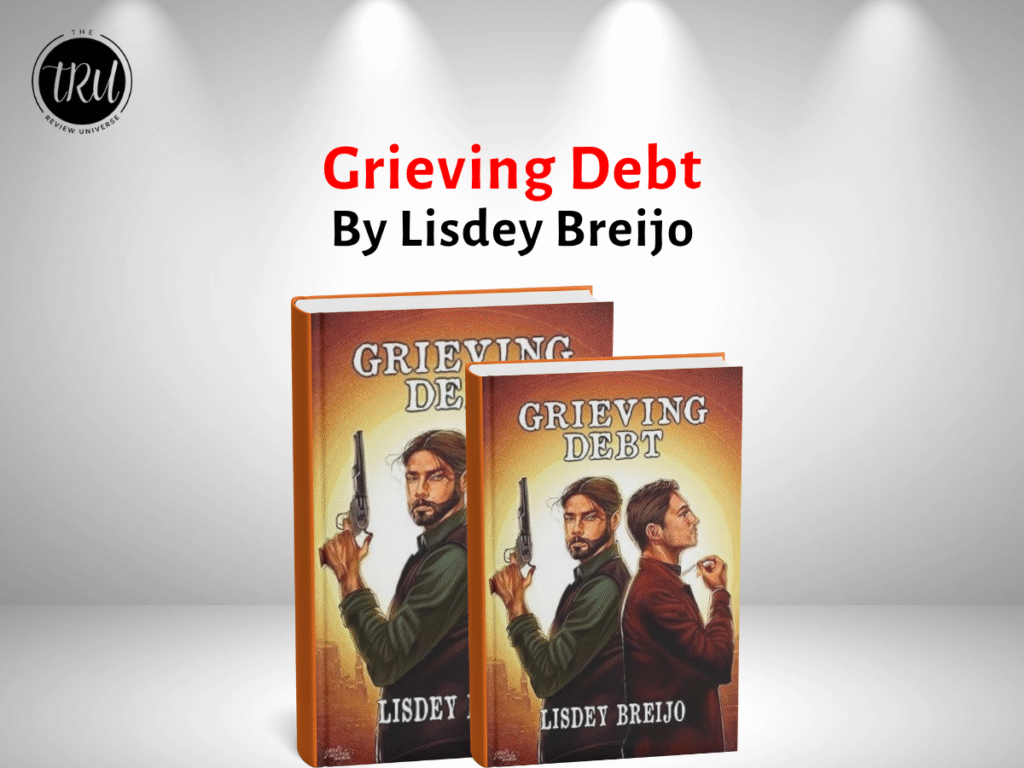
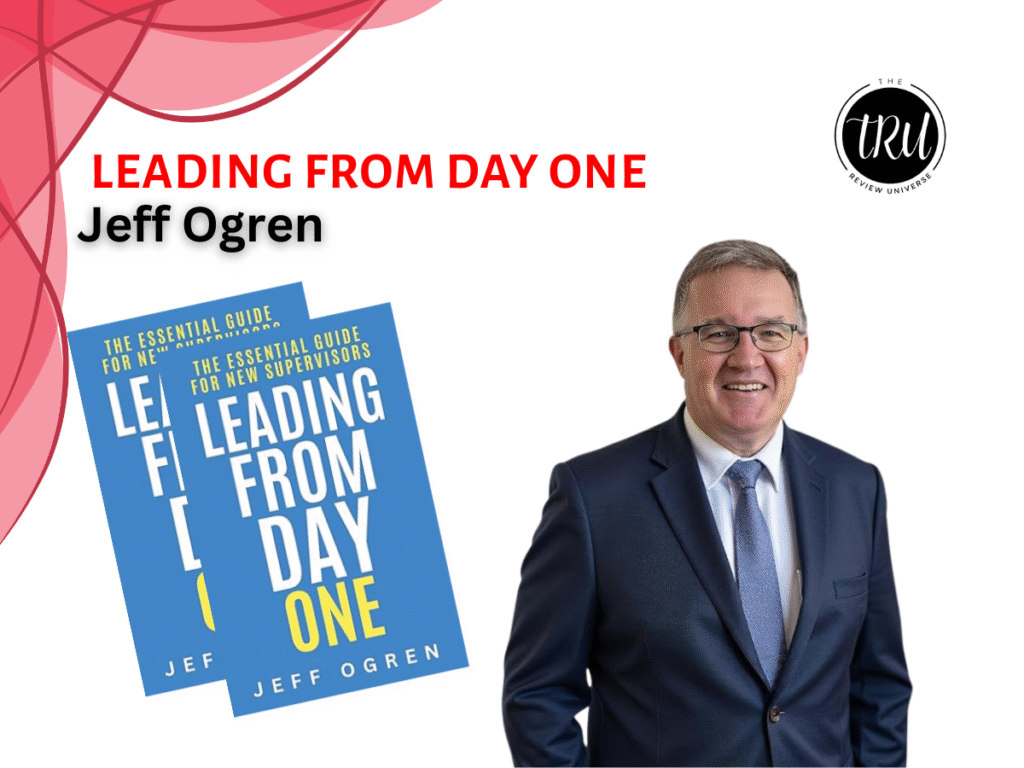
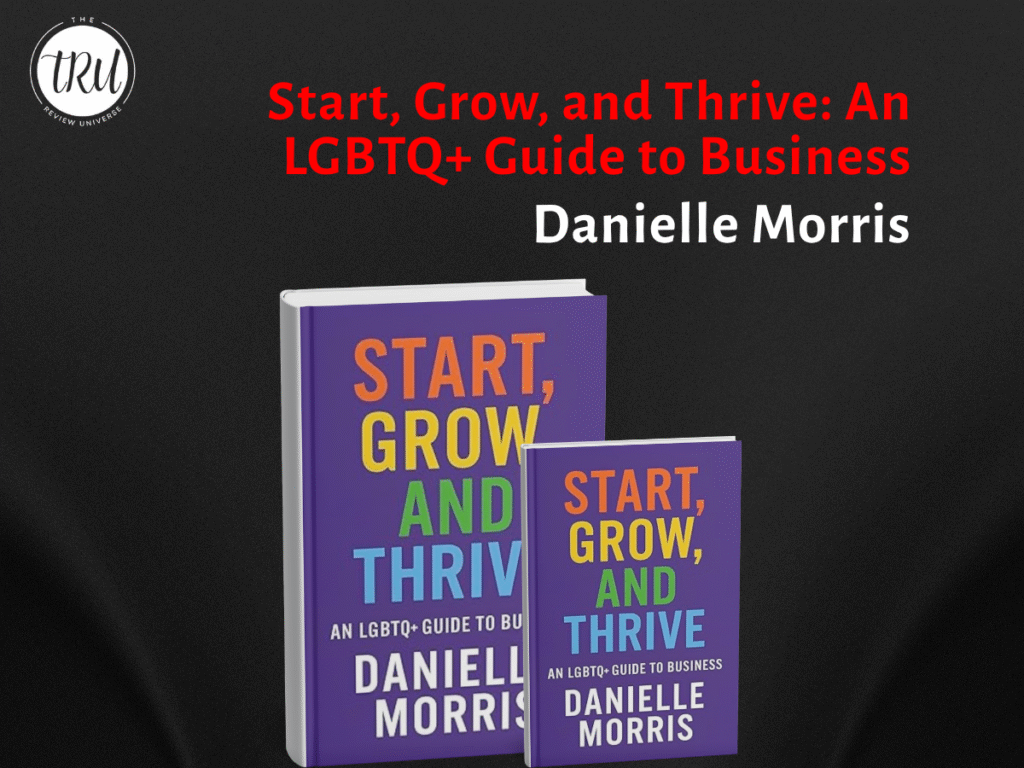

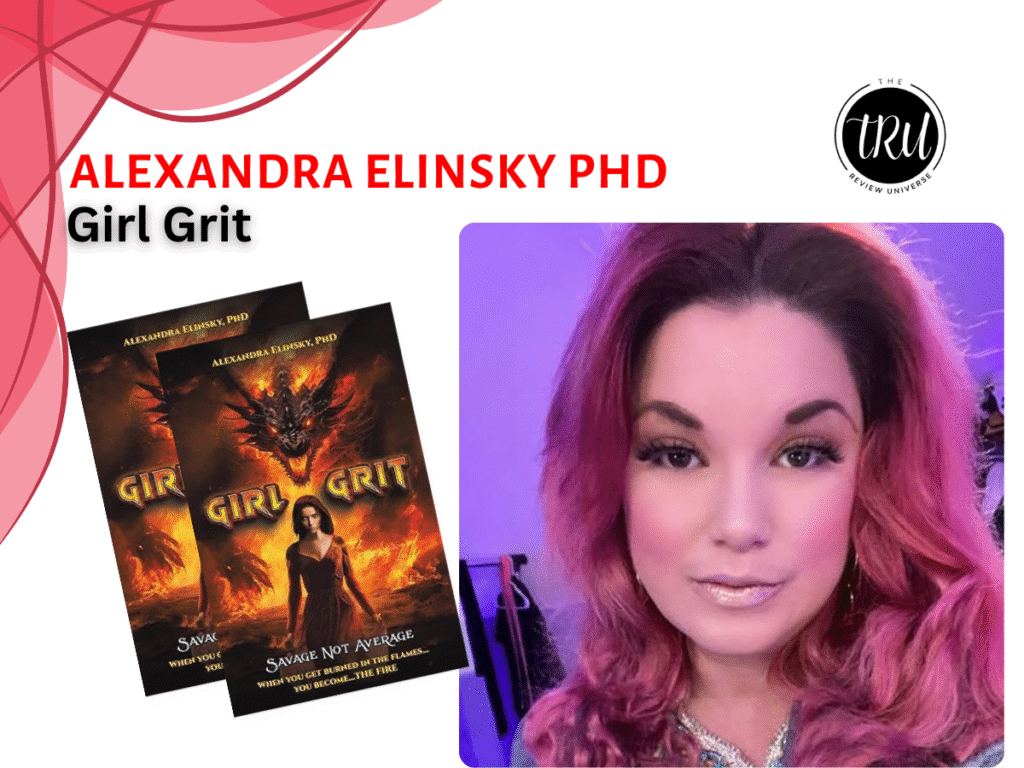
Pingback: 12 Thought-Provoking Books About the World - The Review Universe
Pingback: New Fantasy Releases That Blur the Line Between Magic and Reality Are Changing What Fiction Means in 2025 - Magicbookdeals
Pingback: Top 7 Indian Authors Winning Global Literary Awards - The Review Universe